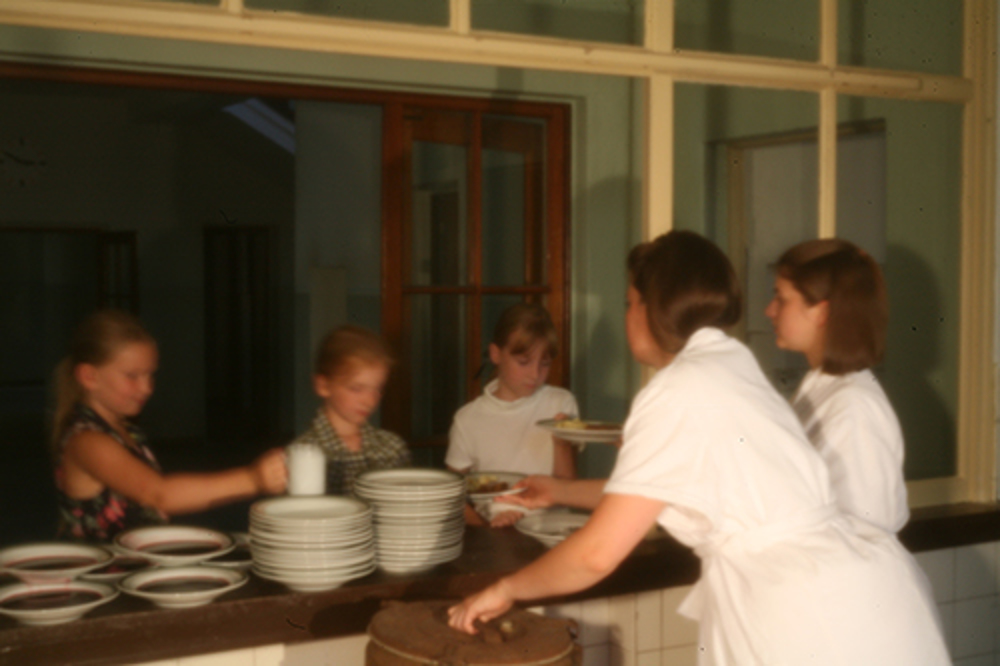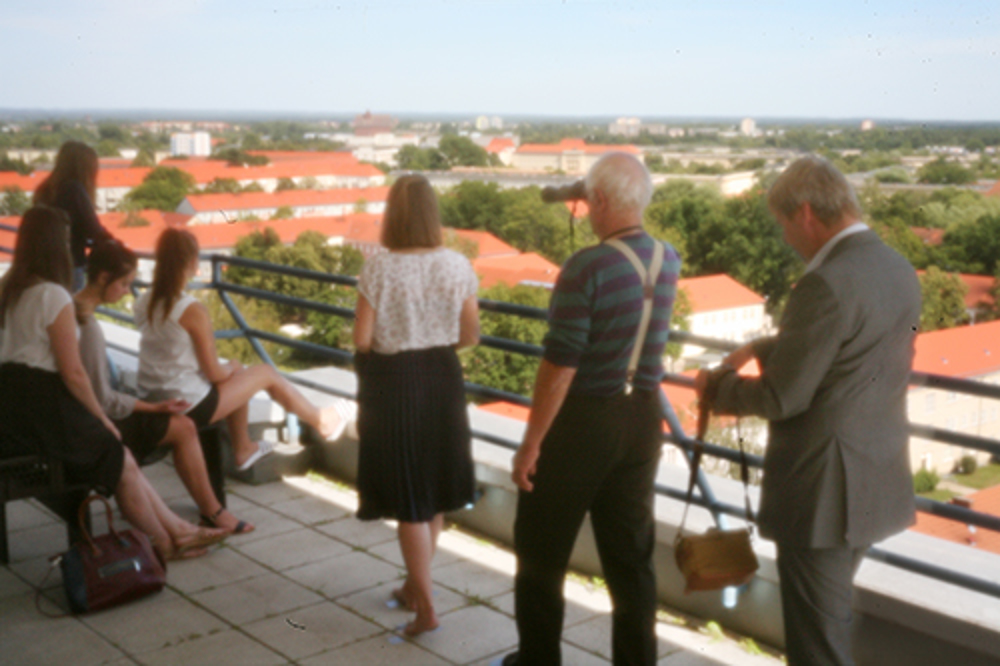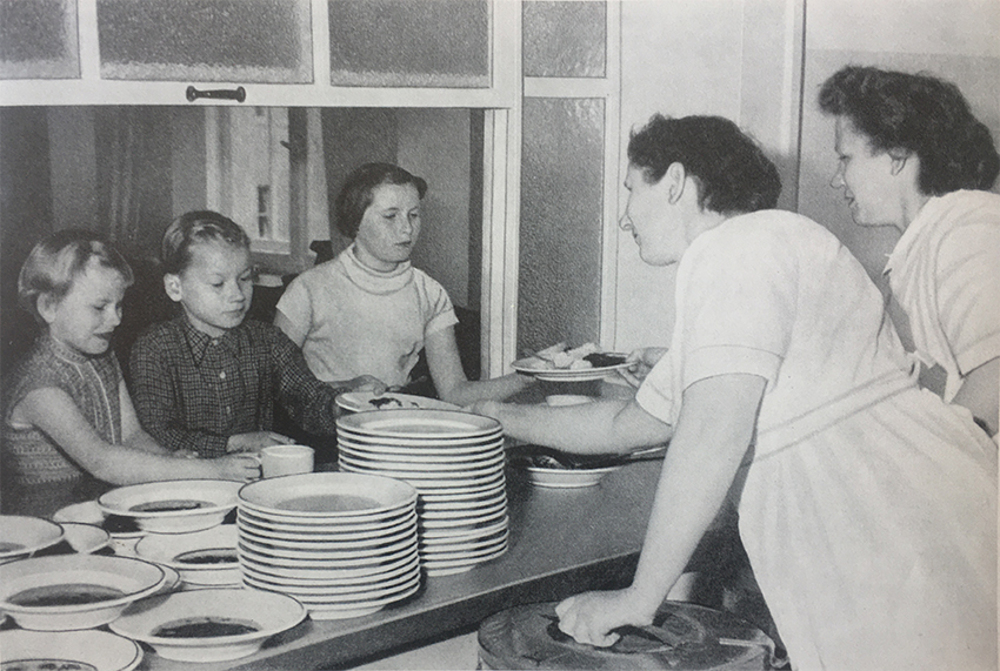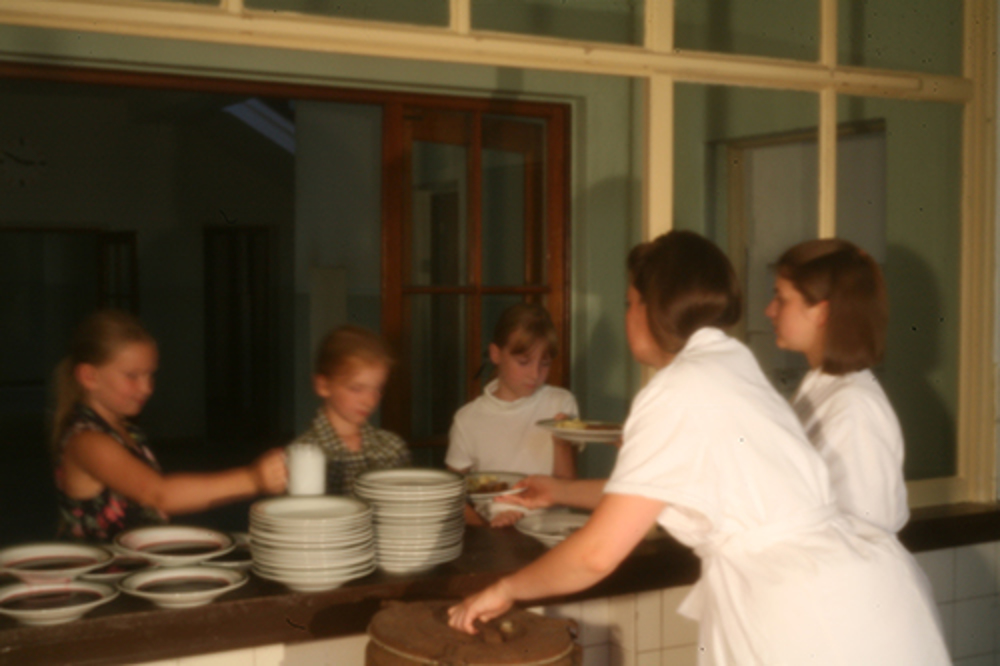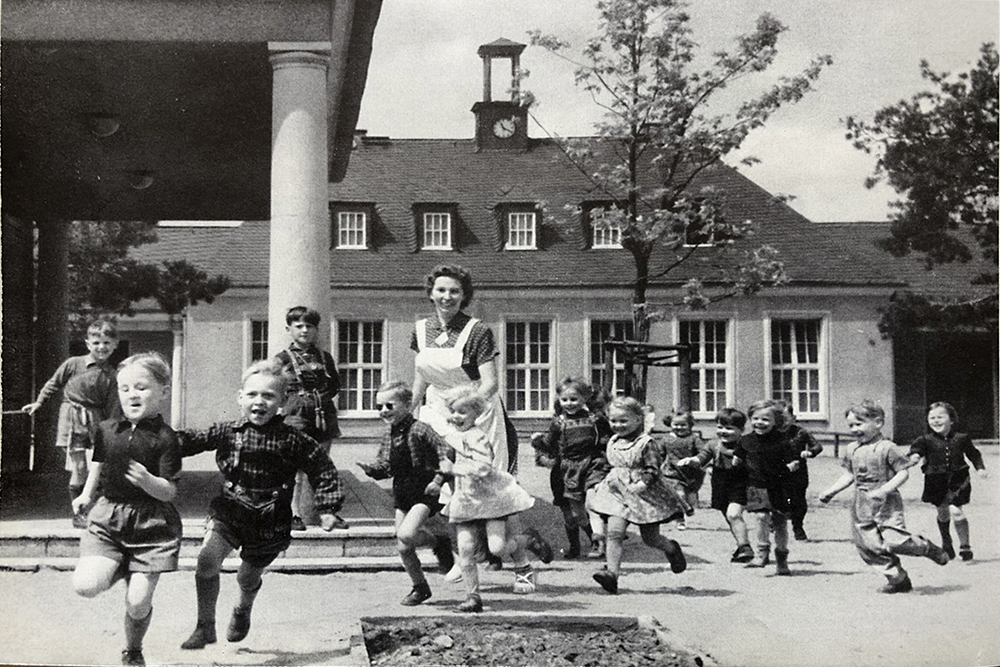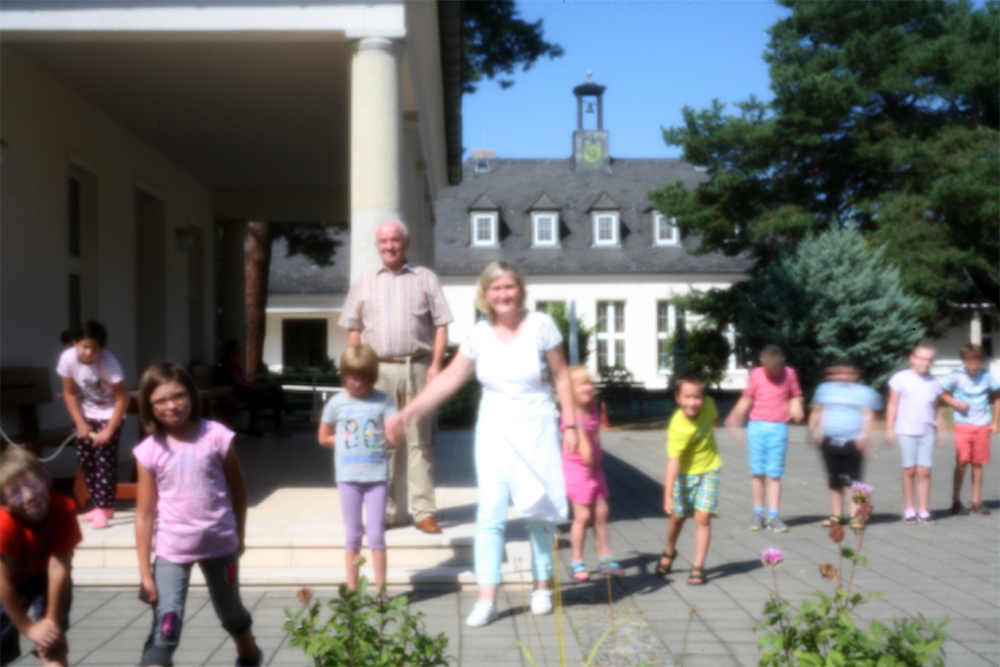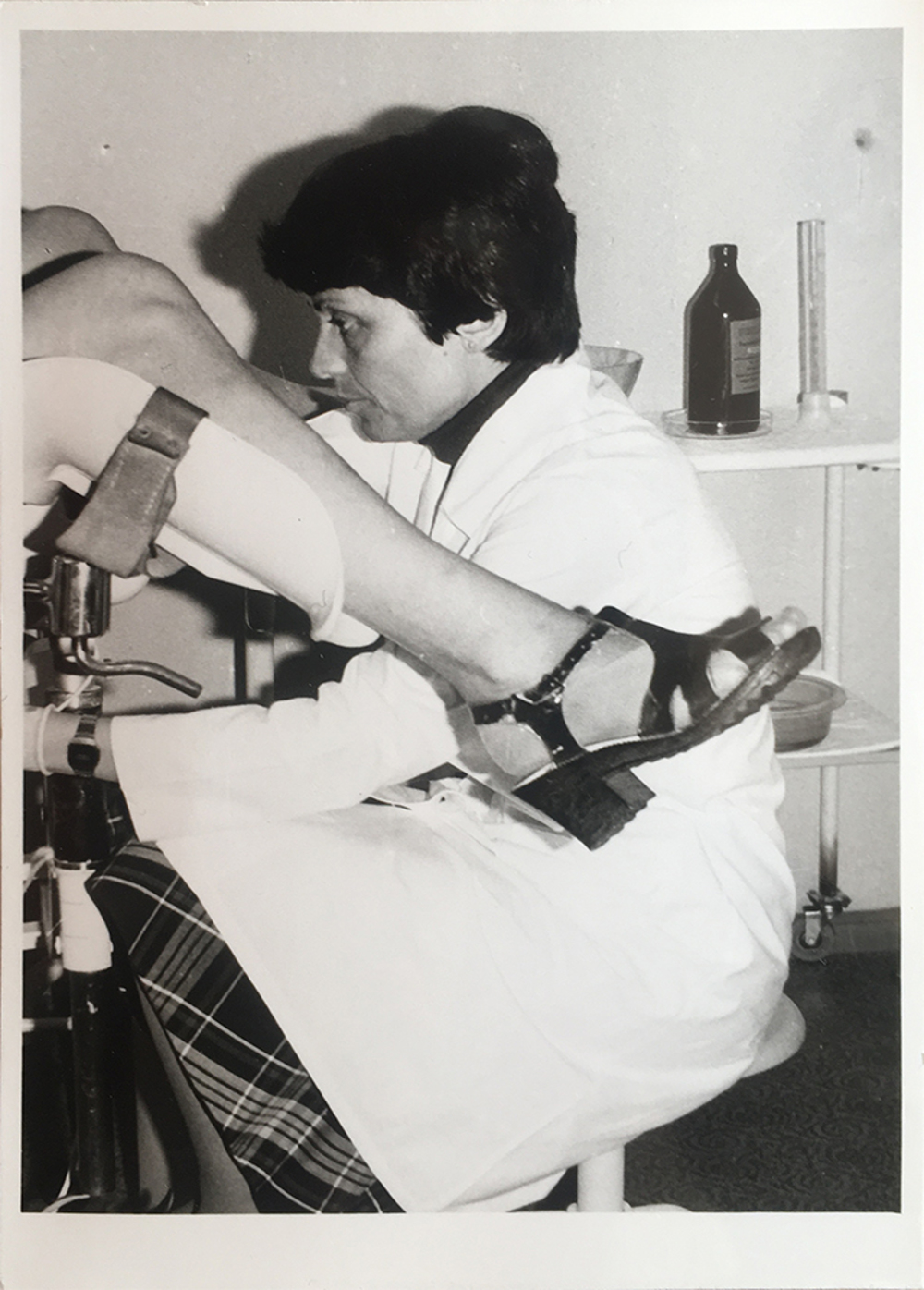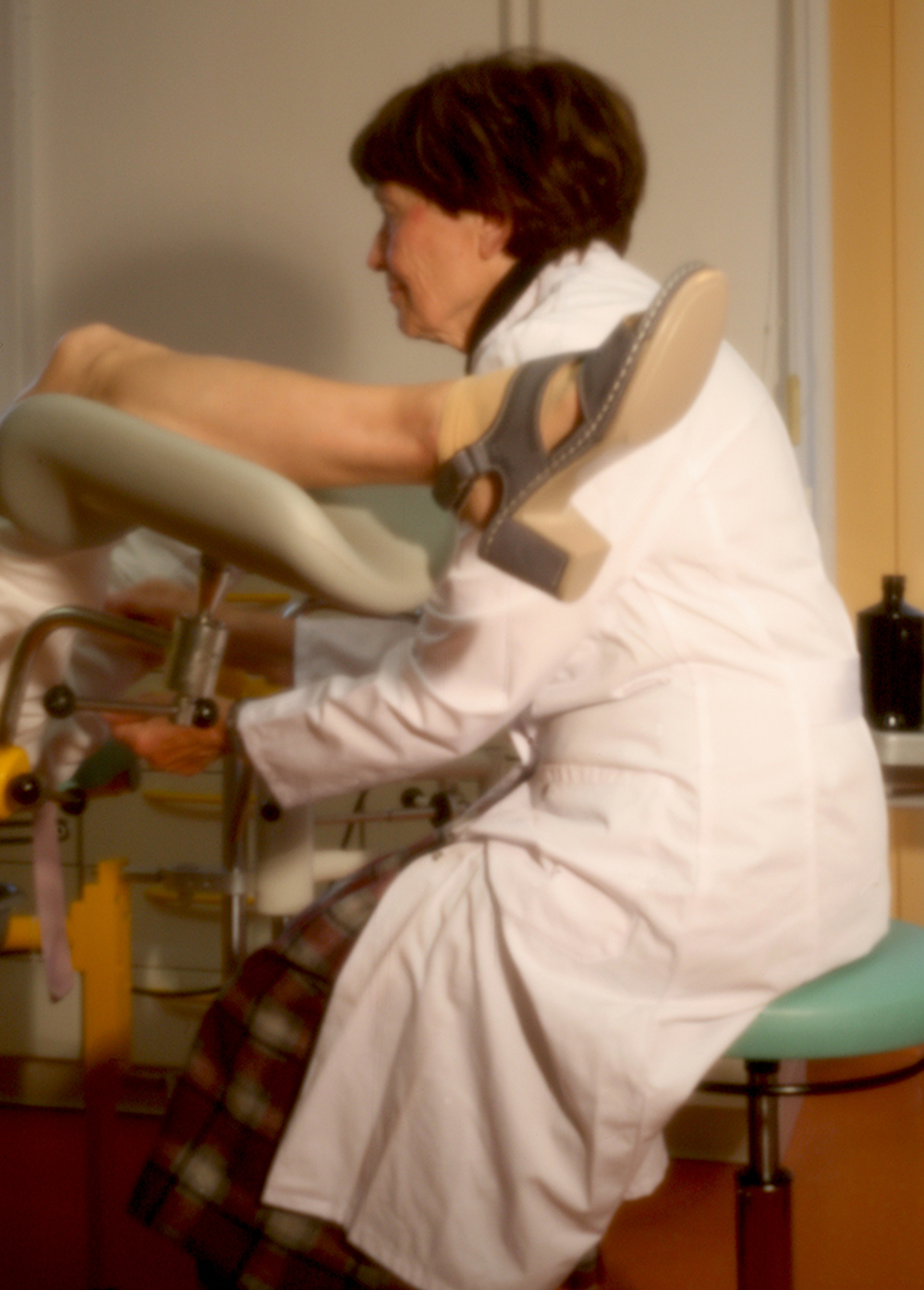East Side Story
East-Side-Story II: Eisenhüttenstadt
The socialist model city of Eisenhüttenstadt (formerly Stalinstadt) was built since 1950 to accommodate the steel workers of the ironworks combine and consisted in the beginning only of incomers. Until 1989 the city grew continuously to up to 50.000 inhabitants, then shrinking dramatically and presently has half its former population.
For the exhibition Eisenhüttenstadt between Model and Museum organized by Kunstverein Neuzelle we questioned the role official photos played in documenting the exemplary development of the model city. Searching for the evolving of the 'New Man' Eisenhüttenstadt was extensively photographed over the years.
